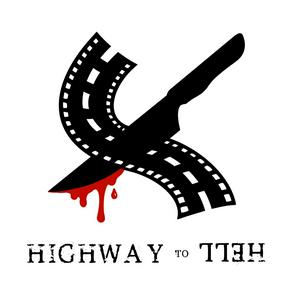20.Ed Gein and American Horror
In this episode, we delve into the life of Ed Gein — the isolated Wisconsin boy whose descent into necrophilia, murder and grave-robbing would ripple through popular culture to become the blueprint for some of horror’s most iconic monsters. We trace his roots: a domineering, religious mother whose moral fanaticism and isolation of her two sons planted the seeds of psychosis; a father whose abusiveness and alcoholism darkened the home; the death of his brother under mysterious circumstances; and the passing of his mother that left him alone and unmoored.We follow his transformation — from sweet boy to corpse-collector — uncovering the macabre crime scene of November 1957, when authorities found human skin lampshades, skull bowls, a “woman-suit” stitched from corpse flesh, and the bodies of his victims. We explore the psychological fissures: his obsession with his mother, his attempt to become her, his exhumations of female corpses who reminded him of her.Then, we pivot to his chilling cultural legacy: the way his crimes inspired the likes of Psycho, The Texas Chain Saw Massacre and The Silence of the Lambs — how his warped psyche became fuel for Hollywood’s darkest nightmares. We ask: What about Gein’s story continues to haunt us? Why do we feel drawn to the horror that he spawned? And what does his case teach us about the thin boundary between the human and the monstrous?Join us for a harrowing journey into rural horror, psychopathy, and legacy.What you’ll learn:How Gein’s family dynamics (mother, father, brother) shaped his descent.The exact nature of his crimes — grave-robbery, body-mutilation, the two murders.How investigators uncovered the scene and the legal outcome.How Gein’s story echoed into pop culture, influencing cinematic villains and horror tropes.Why his case still fascinates true-crime and horror communities today.Ed Gein: Sources, Legacy & The Anatomy of Horror This comprehensive source list compiles all references used throughout Monte Mader’s research and podcast scripting sessions on Ed Gein. It includes both the sources used for previous questions and the five key additional recommendations. Together, these represent the most authoritative foundation for understanding Ed Gein’s family, crimes, psychological background, and his lasting influence on horror and American culture. Sources Referenced 1. Wikipedia – Ed Gein (birth, family background, crimes, legal outcomes). 2. Biography.com – “7 Horror Movies Inspired by Body Snatcher Ed Gein.” 3. Time.com – “Monster: Horror Movies Inspired by the Ed Gein Story.” 4. A&E; True Crime – “Ed Gein’s Dark Legacy.” 5. Deadline.com – “Monster: The Ed Gein Story.” 6. Netflix Tudum – “Monster: The Ed Gein Story Unmasks the Origins of Modern Horror.” 7. Rolling Stone (2024) – “What Monster Gets Right and Wrong About Ed Gein.”8. Life Magazine (Dec 1957) – “The Mad Butcher of Plainfield.” Further Reading & Primary Investigative Sources 1. Harold Schechter, Deviant: The Shocking True Story of Ed Gein, the Original Psycho (Pocket Books, 1989). 2. Robert H. Gollmar, Edward Gein: America’s Most Bizarre Murderer (Prairie Oak Press, 1981). 3. The Milwaukee Journal Sentinel – “Ed Gein’s Farm: The Fire, the Trial, and the Town That Never Recovered.” 4. Wisconsin State Archives – Plainfield Police Reports and Court Transcripts (1957–1968). 5. Life Magazine (December 1957) – “The Mad Butcher of Plainfield.”


